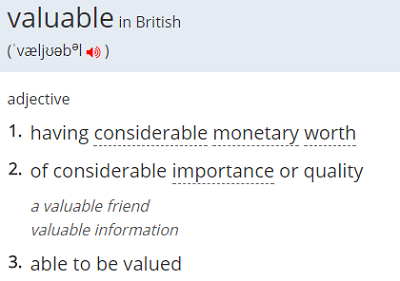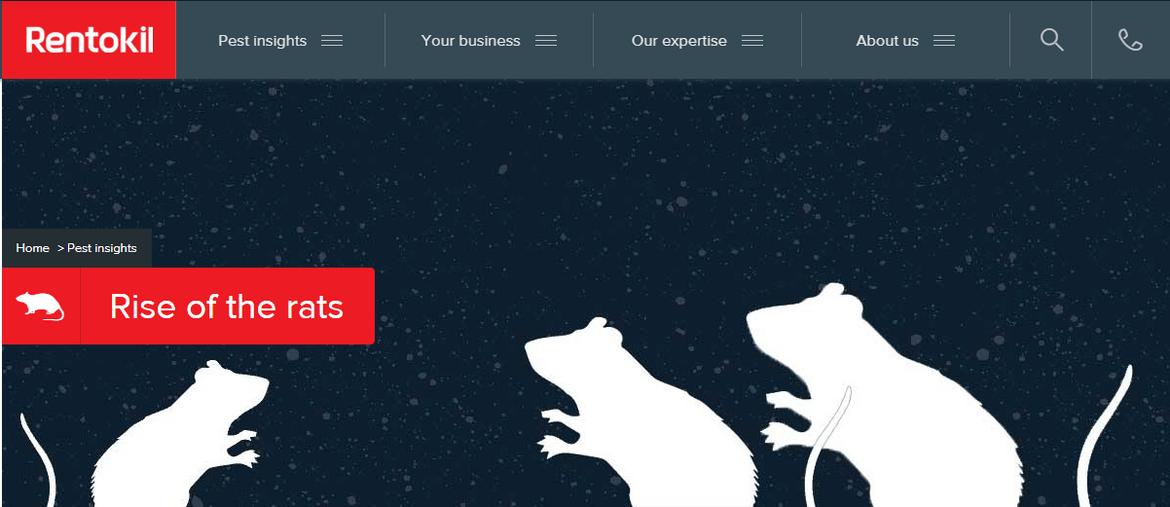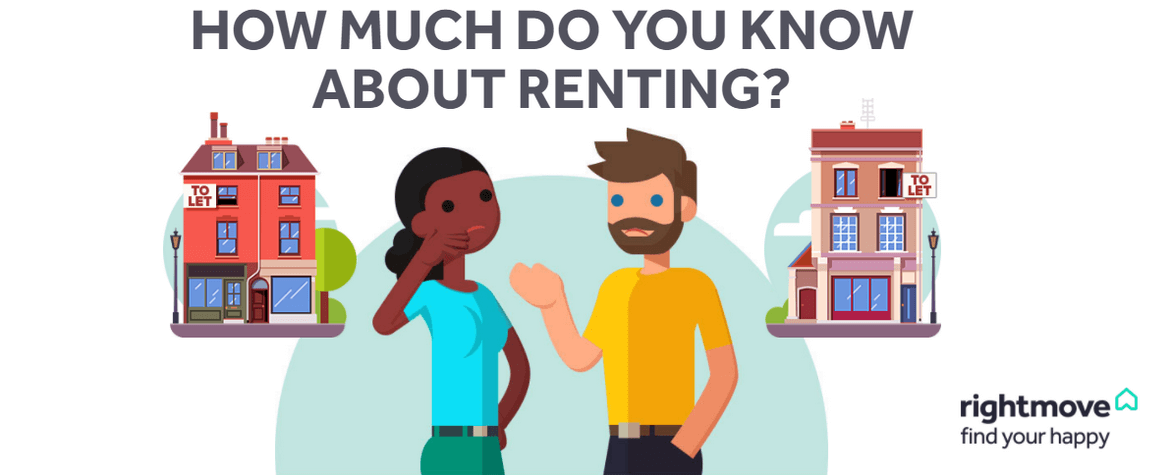Why should you produce great creative content?
To put it in simple terms, it’s a form of advertising. It’s a subtle yet effective way of drawing attention to your brand and what you do, sell or promote. Your content however only becomes an effective marketing tool if it’s good and worthy of distribution.
Ultimately then, the key to all of this is making sure every single piece of creative content shared with the public domain is grade A. This leads us to the how.
How can you ensure each piece of content is great? What does great even mean?
People perceive content differently; what’s deemed fantastic by person A may be considered mediocre by person B and, as a result, it is tricky to sum up what great content is in a concise, one-sentence definition. That said, I do strongly believe all great content shares a number of common traits:
The end user comes first
You’re creating content for an audience, therefore, the number one priority is your user.
I hate to break it to you, but the average user doesn’t really care if your lovely interactive fits your brand’s colour palette or if it’s in line with core messaging. The user does, however, care about whether the piece is valuable to them.

If the user fails to see the value in your piece then they’ll be looking for the exit door almost immediately, which will wreak havoc when it comes bounce rate. To prevent your visitors from running for the hills, ask yourself if the piece offers genuine value to the user. Some criteria to consider include:
Does the piece inform or educate?
Where possible include unique data sets, survey findings/stats, and expert contributions. This will bolster the authenticity of your content piece and position you / your brand as a reliable resource.

Researchers, poets, doctors and scientists contributed to this stunning piece of content for travel insurance brand, Staysure
If the data isn’t unique consider repurposing it so that it’s more accessible. Remember, we want to make it easy for the user.

Visualising data behind well-known rat facts was key to this hugely effective and popular piece of content for Rentokil
Does it entertain or is it evocative?
This could be thanks to amusing anecdotes, engaging illustration or imagery, slick interactive features or human-interest stories.
Is the piece actionable?
For example, does the piece provide a solution to a problem or key takeaway? Does the piece ask for user input?
A successful piece of content doesn’t need to satisfy all of the above but it certainly needs to tick one of the above criteria to last on the web.
Make the message clear
If you have decided there is genuine value in your piece, you next need to consider if its value is immediately evident.
Is the concept/idea simple to understand?
Is there an appropriate title? Aim for short, simple and relevant titles – you can always add some creative flair in the promotion phase.

Compare the following content titles with their outreach subject lines:
| Content’s Title | Outreach |
|---|---|
| The World’s Most Vegetarian-Friendly Cities | The 10 best cities in the world for vegetarian food [infographic] |
| Disappearing World | It’s time to face up to our Disappearing World |
| Traveling with a Mental Illness | The Truth about Travelling with a Mental Illness [personal stories and visual depictions] |
In an ideal world, you should also be able to sum up your piece in one or two sentences. If that’s proving difficult then take a step back and look into making some changes.
Is the piece easy to use?
This is very much a question of UX and UI and should be a key consideration when it comes to the functionality, layout, and design of your piece.
Get a second opinion
The key to making sure everything is watertight and user-friendly is ensuring you put the piece in front of as many eyes as possible before go-live.
It’s very easy to get tunnel vision when working on a piece from start to finish so I’d recommend involving people who have been completely detached from the project, as they’ll be able to provide completely objective and therefore invaluable feedback.
Good luck!


Shop Mastermind
Great article! I would sum the idea of great content, from my point of view in just one sentence. You can name great content the one that solves the reader’s issue, provides value and inspires the reader and is available for free or at a lower cost than the competition.